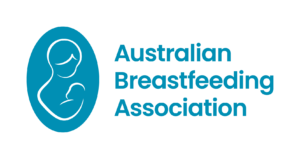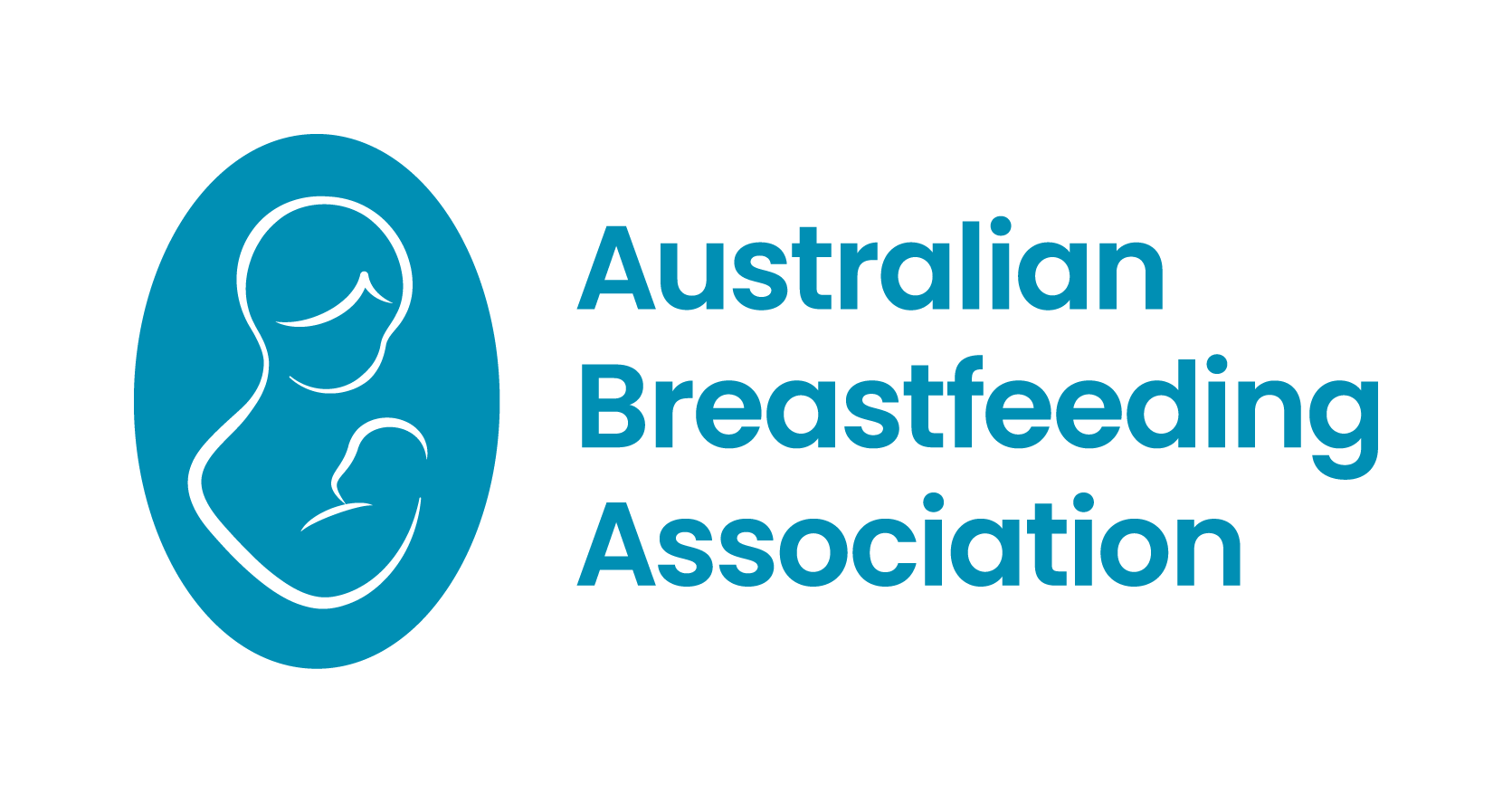Summaries of Significant New Research
The Latest Research section includes summaries written by the Breastfeeding Information and Research team of recent significant research. The summaries will help you get a clear snapshot of the study’s results and conclusions.
Authors:
Alison Stacey MBBS FRACGP IBCLC, Liz McGuire BSc IBCLC, Bernadette Gifford BAppSci(ClinSci) BOsteoSci
Antibodies in the breast milk of a maternal woman with COVID-19
Dong Y, Chi X, Hai H, Sun L, Zhang [...]
Mental health status of pregnant and breastfeeding women during the COVID-19 pandemic: A call for action.
Ceulemans M, Hompes T, Foulon V.Int J Gynaecol Obstet. [...]
Effect of exercise on slowing breastfeeding-induced bone loss: A meta-analysis and trial sequential analysis.
Lee LL, Huang SF, Lai PC, Huang YT.J Obstet [...]
Multi-centre Spanish study found no incidences of viral transmission in infants born to mothers with COVID-19.
Marín Gabriel MA, Cuadrado I, Álvarez Fernández B, González [...]
In-Hospital Formula Feeding and Breastfeeding Duration.
Feldman-Winter L, Kellams A.Pediatrics. 2020 Jul;146(1):e20201221. doi: 10.1542/peds.2020-1221. Epub [...]
In-Hospital Formula Feeding and Breastfeeding Duration.
McCoy MB, Heggie P.Pediatrics. 2020 Jul;146(1):e20192946. doi: 10.1542/peds.2019-2946. Epub [...]







